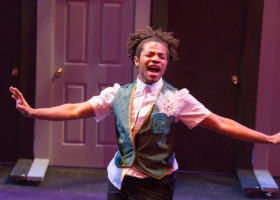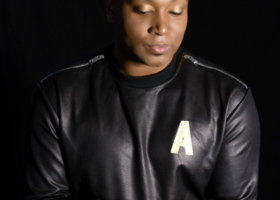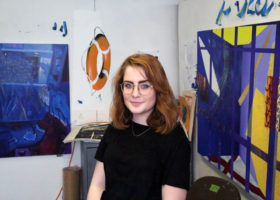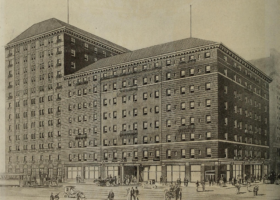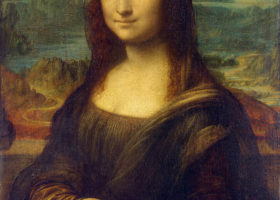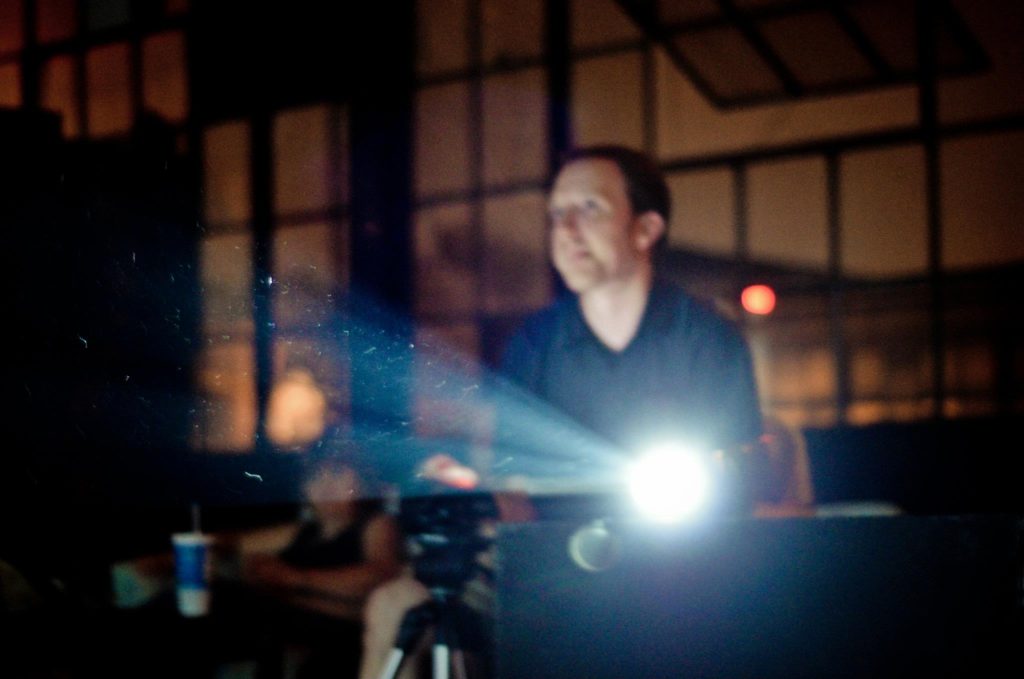
To be honest, I was bored.
It was First Night, December 31, 2010. We had been given a space to perform in the basement of the old Bally Sports Club downtown. Hanging in the corner of the room was a large white tarp, onto which I was projecting a live feed from my video camera. We had three or four dancers with us that night, and they took turns soloing in front of the camera, while I stood by and, well, mostly just watched. I would tweak the shot between songs, but my primary role that evening was the one I typically had during performances: tech support. Standing by in case something fritzed out.
An hour or so went by like that, and with a couple more to go, I started thinking of ways to stay occupied, to insinuate myself into the process somehow. And so in the middle of the next song, with the dancer still in front of me, I moved the camera.
![]()
I started collaborating with Pearlann Porter in 2006 in what was then called the Pillow Project Dance Company. Prior to that, I had been part of the Art Institute of Pittsburgh’s Visual Effects and Motion Graphics program, where I’d been trained to make, in one form or another, advertisements, to use my own creative energies to promote the work of others. I was okay at it, but by the time I graduated, I had already begun to doubt whether this was where my future truly lay—the Pillow Project would prove those doubts both right and wrong in ways I could never have suspected.
While filmmaking in general can be hugely collaborative, visual effects is the perfect field for an introvert. Your work is done at a computer, then passed on to another department. Your goal is to please your supervisors or a client, and often that’s the extent of the feedback process. If you’re lucky enough to work on feature films instead of commercials, maybe you’ll get to soak up some of the audience’s appreciation in a year or so—by which time you’re already hard at work on something else. Imagine a stand-up comic hearing his audience laugh on a one-year time delay.
This is the field I was trained in, and when I met Pearlann through a mutual friend and began working with her, it’s the mentality I brought with me. In those early years, the Pillow Project was very much a Dance Company—the performances might incorporate a few projected video elements, but all my work was done well beforehand, from the safety of my desk. I was a collaborator in a technical sense, but the bulk of my creative process existed in a bubble.
Back in Bally’s basement, dancer Taylor Knight noticed right away that something was different. As I altered my shot—slow pans back and forth, slight zooms in and out—the projection behind Taylor changed as well, and for the first time in my life, I suddenly found myself in a duet. As he swept his arms to one side, I could continue his movement into the projection, rippling out from his body like a wave. Zooming in magnified the effect so that the slightest gesture could fill our entire “stage,” opening up for Taylor a far more minimal range of movement.
But what I remember most about that first time isn’t the compositional possibilities that unfolded before me, it was the realization that Taylor and I were communicating. In dance it’s referred to as partnering—one performer moves symbiotically with another, giving or taking weight, direction, and energy as the moment requires. And we were doing it from across the room.
A couple weeks earlier, Pearlann and I were discussing new things we might try for the First Night performance. Up until this point, DVDs had been my unit of creation, my end goal—when the night of a performance came around, my work was done, and my sole concern was that the player didn’t skip.
But skip they often did; our year-round creative residence, The Space Upstairs in Point Breeze, offers a bare minimum of protection from the elements, and the vagaries of the weather often result in temperamental electronics. That, combined with our existing lo-fi sensibilities, meant that we were looking for something simple, something with a bare minimum of cords. Finally, Pearlann asked me what would happen if we just plugged a camera directly into a projector and pointed them at the same place.
What happens is an effect known as video recursion—you can find examples of it on YouTube, most of which involve feeding video to a television instead of a projector. The result is a video of a video of a video of a video, and so on into infinity. Right off the bat it’s a neat effect, but as far as I’ve been able to determine we’re the first ones to bring a live subject into the mix. And with that, all my visual effects experience fell by the wayside, and I became a performer. Pearlann’s signature movement philosophy is one hundred percent improvised and of the moment, and completely by accident we had discovered a way that even I, very much a non-dancer, could get in on the action.
In the years since, we’ve continued to develop luminography (as we came to call it) into a medium of its own. And in so doing, I’ve learned many of the same lessons Pearlann teaches her dancers: when to be still, when to be loud, and how to translate music into a visual medium—not through careful editing, but extemporaneously.
Most of all I’ve learned how to read intention. Video projection has become quite common in the world of dance and theater, but luminography is unique in that if there’s no performer on the stage, nothing happens. The medium is entirely dependent upon the image the dancer creates in my camera, and, likewise, the dancer’s toolbox is dependent upon my manning the camera and responding to their actions, giving and taking in equal measure.
As someone who always regarded himself as a behind-the-scenes guy, a constitutional non-performer, this has been a phenomenal education in leaving my comfort zone and entrusting “my art” to other people. I’ve often struggled with relying on others in the artistic process; more collaborators means more variables, more opportunities to confuse intentions, and it feels more natural to trust myself to be the purest instrument of my own vision.
But this isn’t really mine; it can’t be. A dancer can create a performance without projection, and I can make a video to project without a live performer, but luminography is a tertium quid, a third thing that is greater than its parts yet can’t exist without them. I’ve come to admire the process of “partnering” in this way—it’s collaboration in the purest sense, without egos or posturing. Intentions can’t be confused because there are none; the work simply is. What’s more, the result feels truer, somehow. To the extent that art is an attempt to express truth, I got closer to it than ever that night at Bally’s, and I’m a stronger artist for it.
